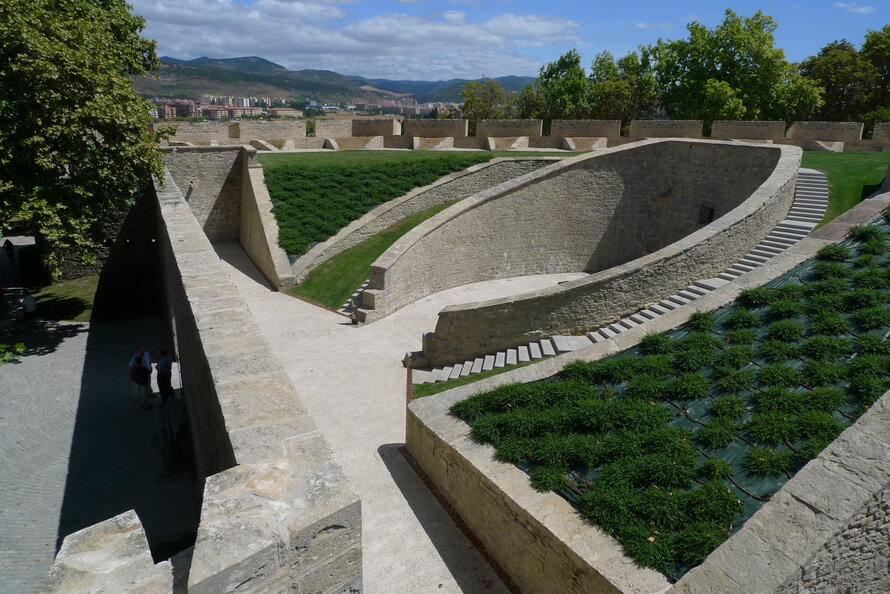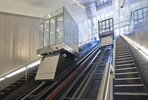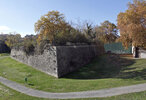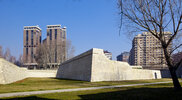The fortifications of Pamplona
The fortifications of Pamplona, built between the XVI and XVIII centuries, represent one of Europe's best conserved bastion enclosures. Their decline began in the XIX century, due to their ineffectiveness in the face of progress in the field of artillery and large-scale ...
Read more
Project details
| Title: | The fortifications of Pamplona |
|---|---|
| Entr. year: | 2012 |
| Result: | Award |
| Country: | Spain |
| Town: | Pamplona |
| Category type: | building conservation areas and urban design |
| Notes: | Public Choice Award |
| Building type/ Project type: | Military/Defence/Fortified building/system |
| Former use: | Fortification, citadel |
| Actual use: | Historic venue, cultural attraction, link between town districts |
| Built: | 16th-18th century |
| The Jury's citation: | "The Jury was impressed by the restoration of the fortifications of Pamplona, one of Europe’s best conserved bastioned enclosures and citadels. Since 2006 the municipal government promoted an important plan of action for recovering the entire fortification enclosure, opening it to the public and improving the surrounding area as a recreational site where cultural and natural heritage come together. The restored fortifications are no longer only a defensive wall, but have been transformed into a meeting place and a symbol of unity for the citizens and for the town itself." |
| GPS: | 42°48'59,7" N; 1°38'15,5" W |
| Web, Links: | www.murallasdepamplona.com/en/ |
Description:
The fortifications of Pamplona, built between the XVI and XVIII centuries, represent one of Europe's best conserved bastion enclosures. Their decline began in the XIX century, due to their ineffectiveness in the face of progress in the field of artillery and large-scale demographic growth, which called for an extension of the urban grid. The demolishment of part of the city walls, from 1915 to 1921, was celebrated as a major event in Pamplona. Since 2006, the City Council has been promoting an important plan of action to recover the entire fortified enclosure and improve the area surrounding it. The Pamplona city walls, once a defensive barrier, are now a recreational area and a place where cultural and environmental heritage come together. The plan is based on three major axes. Firstly, it is aimed at performing the specific conservation and restoration work the structure itself requires. Secondly, it is aimed at functionally improving the environs in fields such as housing, facilities, public areas and mobility-accessibility. And thirdly, it is aimed at vitalising the walled enclosure itself in order to disseminate its historical and architectural values.
Similar projects
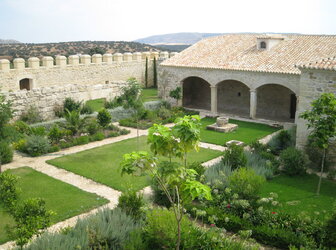
15th century
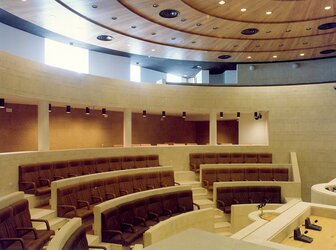
18th century
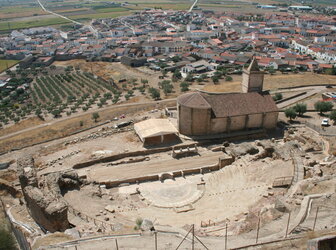
1st century BC
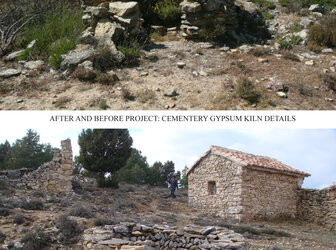

17th century

139 BC
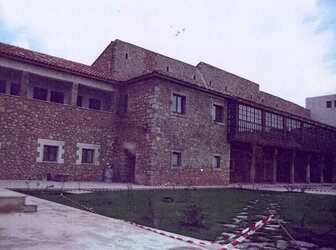
12th century

12th century
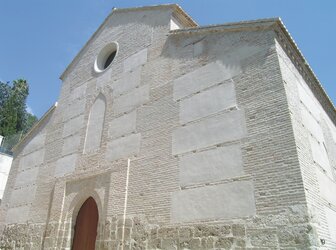
16th-19th century

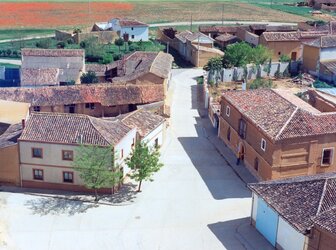

20th century
